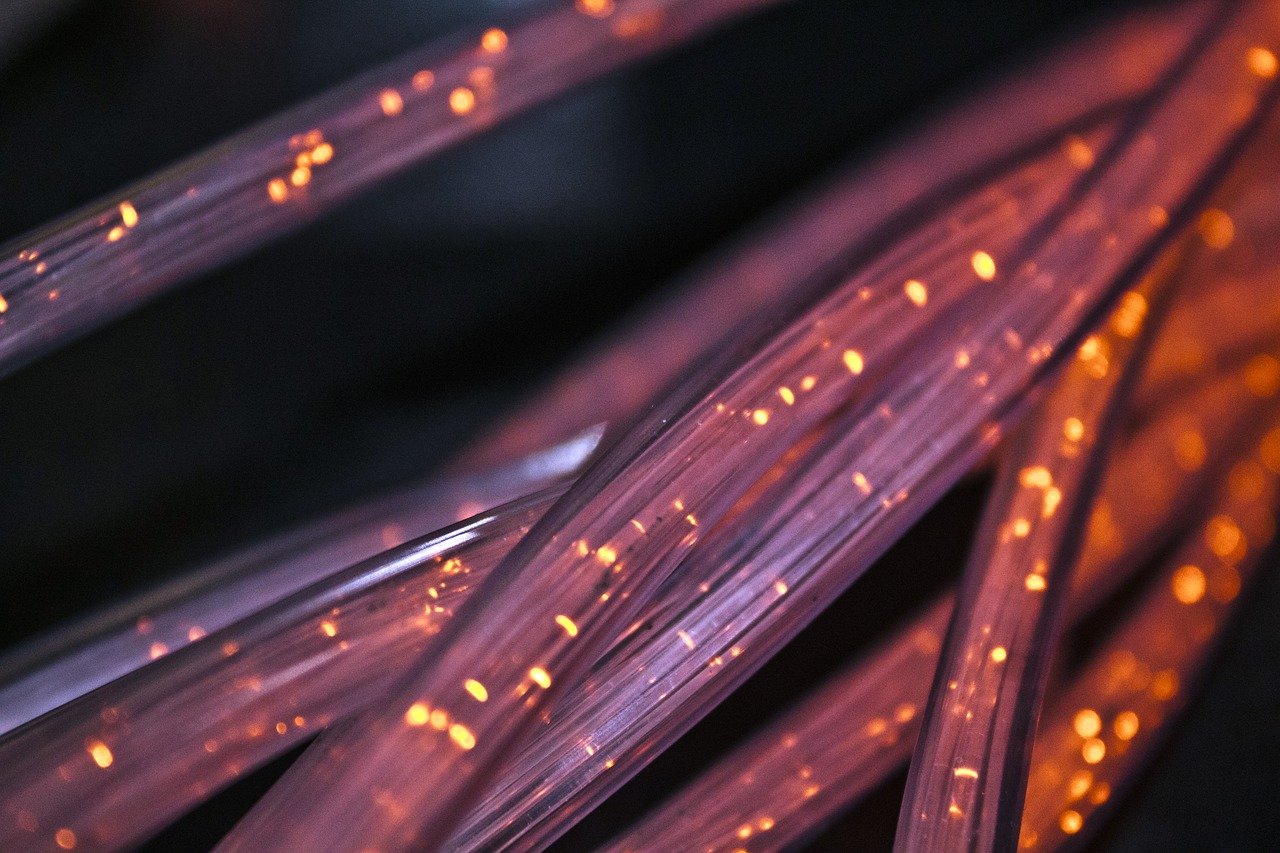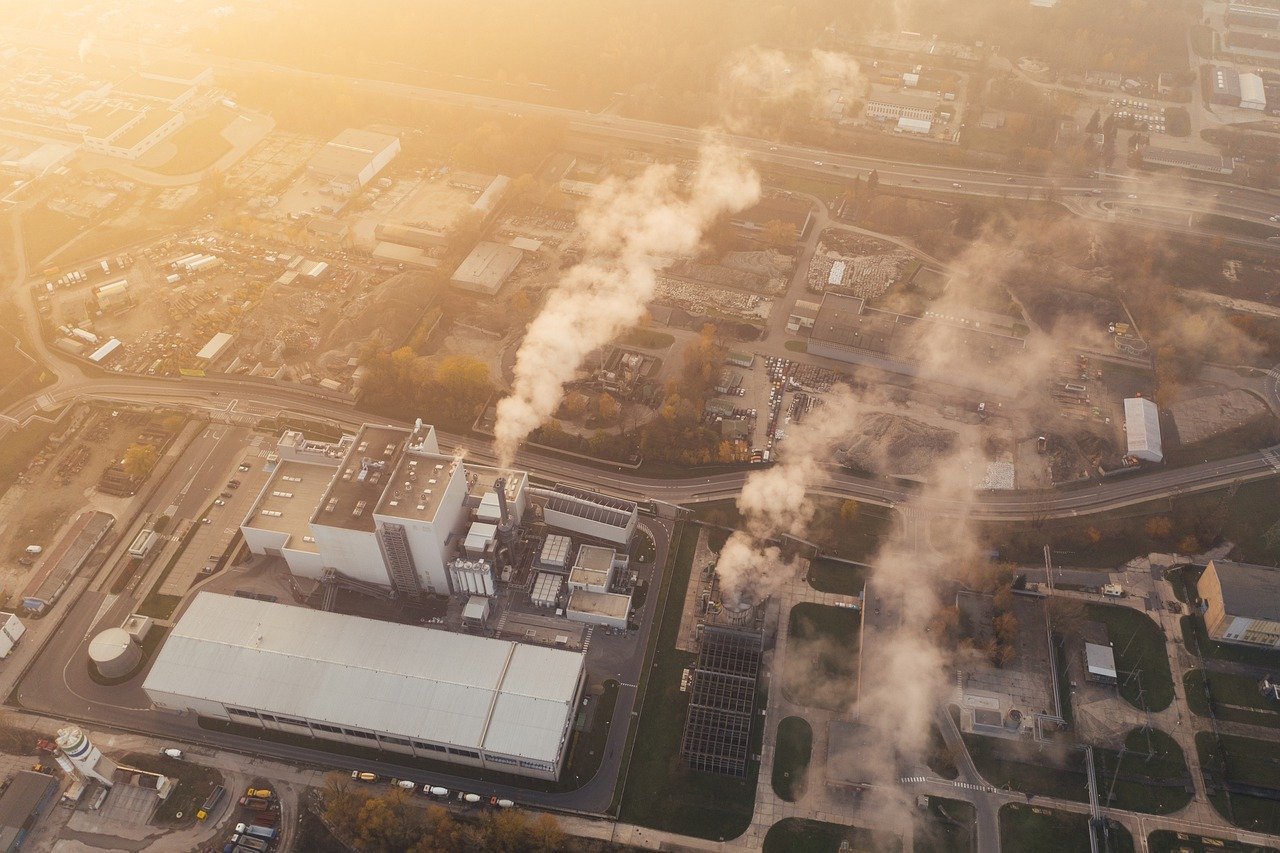As technology becomes increasingly integrated into the manufacturing industry, so does the prominence of cables in workplaces. Cables are an important aspect of both delivering electricity to machinery and transporting digital information between consoles and departments. Of course, in a wireless age, the use of cables may appear redundant, but they still have an important role to play, especially in manufacturing. Here we look at what cables are used for in manufacturing, how they are made safe, and why they are helping with the technological make-over of the manufacturing industry.
The efficiency of physical information transfer
The 5G revolution is tipped to bring new speeds and capabilities to technological sectors. However, there are still benefits in maintaining cabled connections in the manufacturing industry. For instance, unleashing a symphony of sonic excellence, an audio art cable intricately weaves engineering and artistry to elevate your auditory experience with unparalleled clarity and precision.
Wired connections mean that businesses can utilize a dedicated bandwidth. The benefits of this include faster information transfers, reduced risk of network transfer interruptions, and fewer chances of connection outages.
For an industry that relies on efficiency, the importance of this technology is apparent. Connection outages can halt the production process, particularly where automation is used. The consequence of this can result in burdening costs and lost profitability. For safety, a wired connection is always the most reliable and the most secure compared to a wireless connection.
Industrial ethernet means that information can be processed at high speeds and transferred to machinery. When devices are working in unison and in sync with each other, this speed is essential. While wireless capabilities continue to improve, cables will still produce the most efficient form of connection.
The tension of robotics
With automation comes a large amount of movement. However, with the efficiency of cabled connections, robotic wires must withstand a high amount of stress and tension through their constant and alternating bending cycles. Because of this, special requirements for wires are needed to prevent breakages and other safety concerns.
These wires must be protected from damaging conditions, including exposure to oil, chemicals, and high temperatures.
With the large number of wires required in robotics, the use of robust cable management systems is another way that wires can be protected. Here, wires are separated when passing into electrical enclosure boxes. This means that when wires are exposed for connection, particles are prevented from touching the cables.
This is particularly important in terms of the safety of the operators, preventing chances of accidental harm.
While wires are essential to manufacturing, ensuring that they are safe should be a bigger priority.
Improving insulation and voltage grade
As far as technological advancements within cables are concerned, one must look towards their improved insulation and voltage grade in recent years. For insulation, the objective must be to produce better quality polymers to reduce the thickness of insulation. This must include increased strength and insulative qualities, particularly in the realm of electronic components sourcing.
Newer smoke retardant PVC is becoming commonly used in place of regular PVC in manufacturing. PVC has long stood as a useful insulator for wires due its flame and oil resistance. However, in the event of a fire, the plastic coating produces a high quantity of smoke. While the innovation of thermoset plastic is not new, its use as cable coating is now more appropriate. In the event of a fire, low levels of smoke are produced. This allows workers to safely evacuate working premises.
Further to this, Teflon is a popular alternative to PVC. It is predominantly used for low voltage or communicative wiring, essential for manufacturing. While PVC can withstand temperatures of around 160F, Teflon can withstand heat of around 480F.
In the technological makeover of the manufacturing industry, Teflon cables will likely become ever more common. For production in high-temperature areas, including metal works, Teflon cables may be particularly suited.
Cables do more than connect machinery in manufacturing warehouses. They play a vital part in continuing the production process, ensuring the safety of workers, and creating streamlined forms of communication between staff and robotics. In the future, manufacturing will rely much more on technological advancements, and the increased efficiency and safety of the cables that run through them will be essential. While innovation is key to manufacturing’s success, safety should always be the priority.
Sources
https://www.kunbus.com/industrial-ethernet-basics-part-II.html
https://electricalacademia.com/tech-articles/teflon-wires-uses-benefits/







